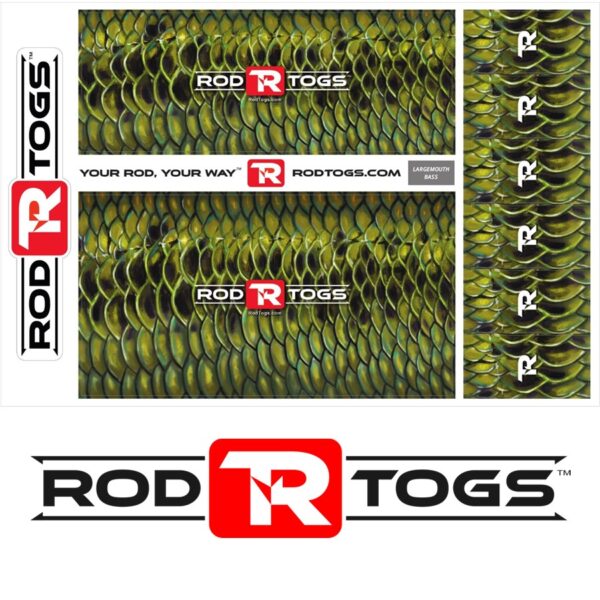Every species of game that is hunted in the state of Texas is assigned unique regulations when it comes to tags, seasons, and hunting.
When it comes to alligator hunting in Texas, the regulations differ based on whether you’re hunting in core or non-core counties, and enforcement is rather strict.
What are the Texas Alligator Hunting Season Dates?
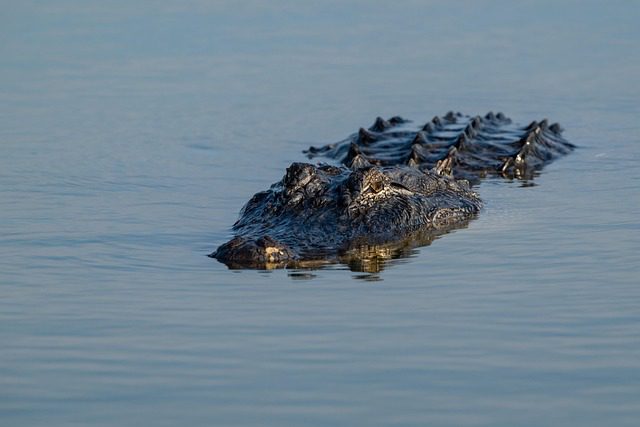
Several aspects of gator hunting in Texas vary depending on core vs. non-core county hunting, and that runs true for gator hunting season.
Core vs. Non-Core Counties
TPWD divides Texas into core counties, which are historically strongholds of large alligator populations, and the rest are labeled as non-core counties.
These 22 core counties include:
- Angelina
- Brazoria
- Calhoun
- Chambers
- Galveston
- Hardin
- Jackson
- Jasper
- Jefferson
- Liberty
- Matagorda
- Nacogdoches
- Newton
- Orange
- Polk
- Refugio
- Sabine
- San Augustine
- San Jacinto
- Trinity
- Tyler
- Victoria
Hunting rules in the two different types of counties are quite different.
Gator Season Dates
Core Counties: Texas’s public gator hunting season is open from September 10 to September 30, during which time gator tags are valid in core counties and TPWD-approved “special” properties.
Non-Core Counties: The gator hunting season for non-core counties runs from April 1 through June 30, but only on private land and only if no harvest occurred on that land during the fall season.
Gator Hunting Hours
Surprisingly enough, gator hunting in Texas is limited to daylight only. This means that hunters may gator hunt from a half-hour before sunrise all the way to sunset.
Unlike a variety of other Southern states, nighttime hunting is illegal in Texas, even if you’re spotlighting.
Do You Need Tags to Hunt Alligators in Texas?
Tags in Core Counties
In the state of Texas, CITES hide tags are mandatory.
Hunters must have a valid tag before hunting, and tags are issued only to landowners or their agents following TPWD inspection.
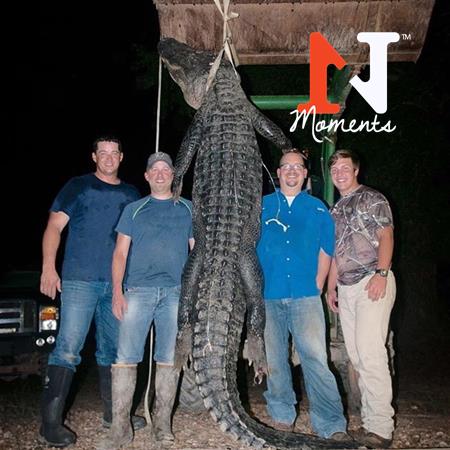
Each tag allows one alligator per tag or device, and gator hunters are allowed to hold multiple devices based on how many tags they hold.
Tags in Non-Core Counties
Now, gator tags in non-core counties are quite different, as they may only be taken on private land and with the owner’s consent.
Hunters must attach a Wildlife Resource Document (WRD) immediately after taking down a gator and later convert it to a CITES tag.
Texas gator bag limits when it comes to non-core counties are one gator per person, per license year. The only exception is if the landowners hold hide tags that allow impersonation of core rules.
Resident vs. Non‑Resident Hunters
Both residents and non-residents need a General Texas Hunting License, as well as the appropriate tags.
When it comes to public draw hunts, non-residents are actually permitted to participate in (see Section 4) or hunt on private land, again, with the explicit permission of the landowner.
Penalties for Hunting Without Tags
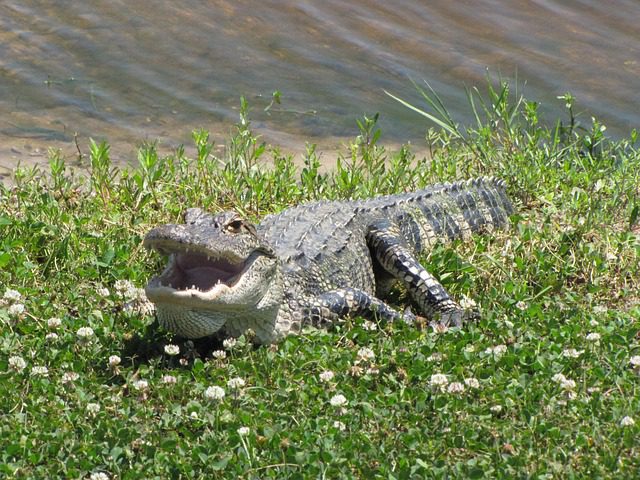
Just as with any species of animal you can hunt in Texas, there are repercussions for not following the proper tagging requirements.
These penalties range from significant fines to possible jail time. They also almost always result in the forfeiture of any hide or meat, and sometimes even the weapons or vehicles involved.
TPWD strictly enforces these hunting regulations, so it is in any hunter’s best interest to avoid ever hunting without valid tags and permits.
Hunting Options in Texas
Similar to most types of game, there are a handful of options when it comes to where to hunt gators in Texas.
Public Land Hunting
TPWD offers occasional draw hunts on select Wildlife Management Areas (WMAs) and public lands in core counties.
For example, Daughtrey WMA provides draw hunts requiring a shotgun dispatch, the use of a boat, floaters, and familiarity with the habitat.
Draw hunt application fees are fairly modest, with adults paying around $130. With these favorable draw terms, the success rates are typically low due to high interest and relatively limited spots.
Private Land Hunting
Most gator hunting in Texas takes place on private land, where landowners either hold CITES tags or secure nuisance control permits.
Hunters can also hunt under the fall season (core tags) or spring (WRD), depending on property type.
Private land gator hunting also offers the benefit of guided hunts, and while they are more costly, they often come with certain levels of assistance and assurances.
Guided vs. DIY Hunts
If you’re considering a Texas gator hunt, you have two options when it comes to the types of hunts.
The first option, which is preferred by hunters looking for a guaranteed trophy, is a guided gator hunt. A guided hunt will typically take place on private land, where hunters will be guided by the landowner or a professional guide.
Pros:
- Access to CITES tags
- Expert tracking & guiding
- Equipment support (boats, floats, guns)
- Heightened sense of safety
Cons:
- Higher costs
- Less flexible timing
The second option is a DIY gator hunt, which is where a hunter will secure their own tags and hunt on either public or private land without the aid of a guide
Pros:
- Freedom to hunt your own land, private land, public land, or with friends
- Lower costs
Cons:
- You must navigate regulations solo
- You handle all of the logistics
- You’re responsible for acquiring WRDs
- You must provide and prepare your own gear
Hunting and Fishing Leather Patch Hats!
-
N1 Logo Leather Patch Hat (Mossy Oak Bottomland)
Original price was: $26.99.$19.99Current price is: $19.99. -
N1 Outdoors® FISH. Marsh Camo Leather Patch Trucker Hat
$29.99
Legal Methods for Hunting Gators in Texas
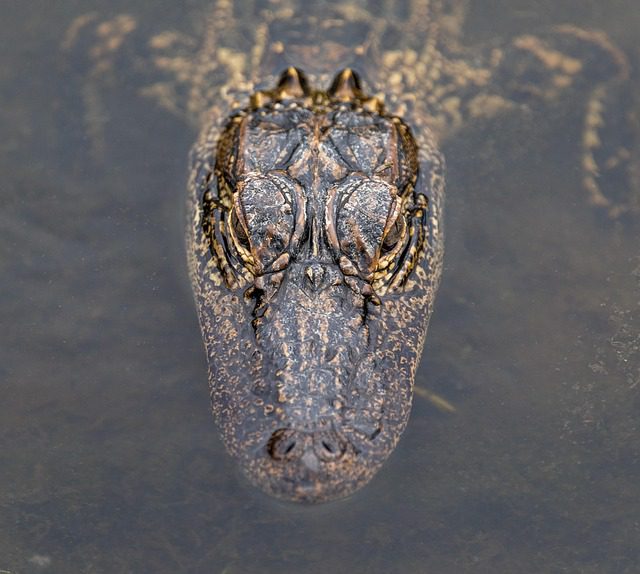
There are a few different avenues you can take when it comes to how you hunt gators in Texas once you’ve decided on where you want to hunt.
Approved Harvest Methods
In the state of Texas, the lawful methods of hunting gators include:
- Hook-and-line sets (minimum 300‑lb test line, must attach float and gear tag).
- Alligator gig (pronged pole, spring arms, or detachable head).
- Archery (barbed arrow) or hand‑held snare with float.
- Firearms:
- In non‑core counties, centerfire rifles and handguns are allowed for gators caught legally, but rimfire weapons aren’t allowed.
- In core counties, firearms (like bang sticks and shotguns) may ONLY be used on gators after capture with a taking device.
Baiting Rules
In Texas, baiting is allowed for gator hunting on both public and private lands, but hunters must follow gear tagging and line inspection regulations.
Ethical hunters often avoid heavy baiting to preserve meat quality and avoid over-attracting gators.
Daytime vs. Nighttime Methods
Spotlighting is unlawful in the state of Texas when it comes to gator hunts, making this a major difference from other states.
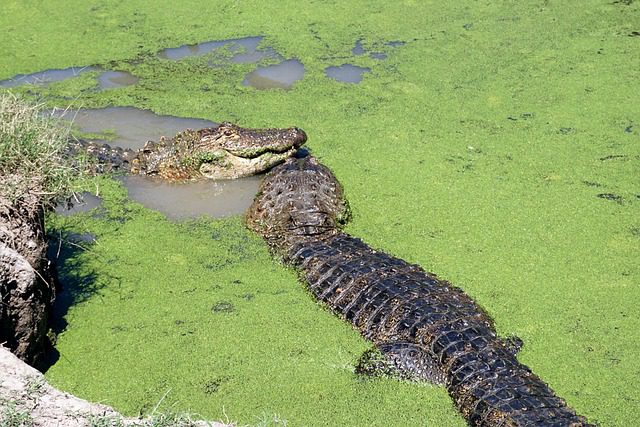
Since hunting is restricted to daylight hours, this means that more stealth and patience is typically as opposed to the rather than high-adrenaline night hunts hunters in other states might be used to.
Equipment Requirements
Lines for gator must hold at least 300 lb and include a visible gear tag with the hunter’s name, address, license number, and (if applicable) hide tag number.
It is also required that:
- Floats on lines, snare, gig, or arrow must be at least 6″×6″×8″ or 8″ spherical.
- Hook-and-line sets must be checked daily, and upon capture, the gator must be killed and tagged immediately.
Checking In Your Harvest
Planning your Texas gator hunt and taking down your trophy is only half the battle, as there are protocols to follow when it comes to tagging, reporting, and processing your gator.
Immediate Tagging
In Texas core counties or on “special” properties, you must attach a valid CITES hide tag to the gator immediately after killing, typically within 10 inches of the tip of the gator’s tail
Now, in non-core Texas counties, hunters still have to attach a temporary WRD right away, then convert it to an official hide tag once the rest of the paperwork is completed.
Reporting to TPWD
When it comes to non-core counties, hunters have 72 hours to submit their Alligator Hide Tag Report form (PWD 304A).
Core county tag holders have a little more leeway, where they are required to file annual reports on all issued tags within 10 working days after the season close date.
Processing Your Gator
Once you land and process your gator, its meat and hides can be sold only to licensed dealers or alligator farmers.
To preserve trophy hides, it’s best to have them salted or environmentally tanned within 24 hours of processing. There are typically a variety of expert tanneries located near or around most core counties.
Gator meat is highly sought after, quite lean, and super flavorful, so treat it like fish to avoid any sort of dryness in the meat.
FAQs
Can non-residents hunt alligators in Texas?
Yes. A non-resident must have a Texas General Hunting License and either draw permits or have private land permission, plus tags.
Is there a size limit on Texas gators?
No. Texas law doesn’t specify a minimum or maximum length for gators, but each harvest does count against your overall tags.
Do I need both a license and an alligator tag?
Yes. A valid General Hunting License and either a CITES tag (core) or a WRD-to-hide tag (non-core) are a must-have to hunt gators in Texas.
How many gators can I harvest?
Core counties: One per valid hide tag.
Non-core counties: One per person per license year, unless the landowner has additional tags.
How much does a Texas gator hunt cost?
Hide tags cost around $21 each.
Draw fees run about $130/adult.
Guided hunts range widely in cost, from $300 to $1,500 depending on location and exclusivity.
Which counties are best for gator hunting?
Core counties like Chambers, Galveston, Mineola, and Sabine are hotspots. When it comes to large trophy gators, the Big Thicket region (Hardin, Jasper, Tyler, Polk, San Jacinto) is the best place to hunt.
Is Gator Hunting In Texas Right for You?
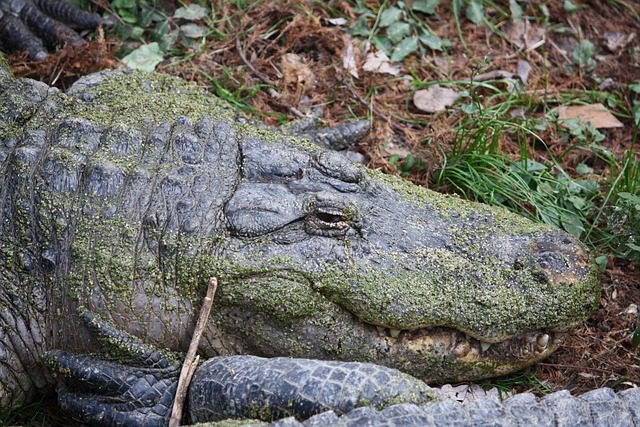
While it is a highly regulated opportunity that requires attention to detail and a clear understanding of state rules, Texas gator hunting is one of the most exciting types of hunts you can experience in the lone star state.
Between seasonal windows, tag requirements, and legal methods that vary by region, it’s not something to approach lightly. With that being said, for hunters willing to do the prep work, it’s a rewarding and thrilling excursion you’ll likely want to revisit with friends and family, because nothing beats the feeling of bringing home a trophy gator.



